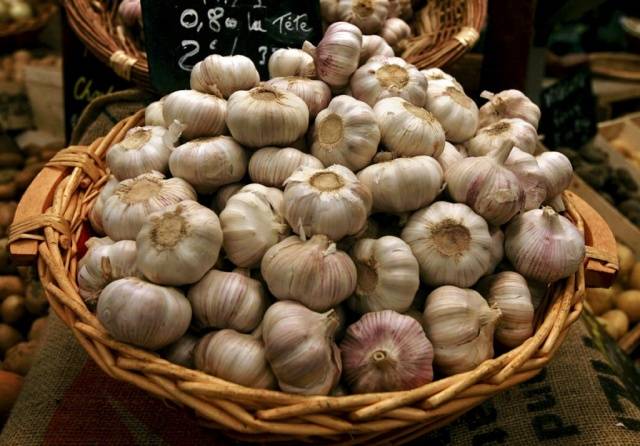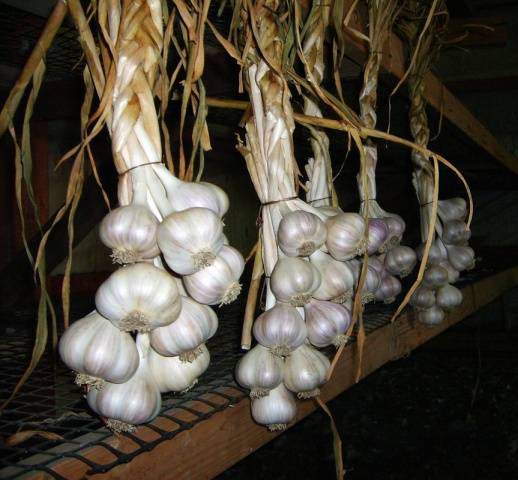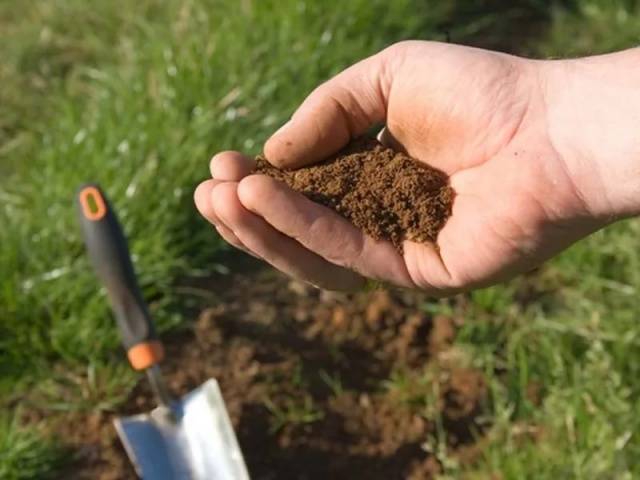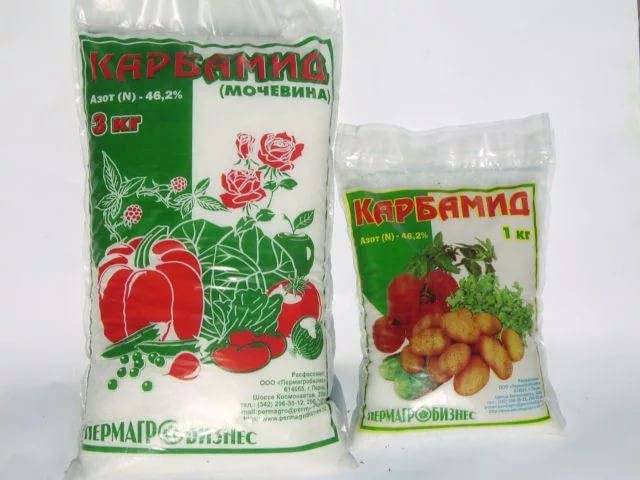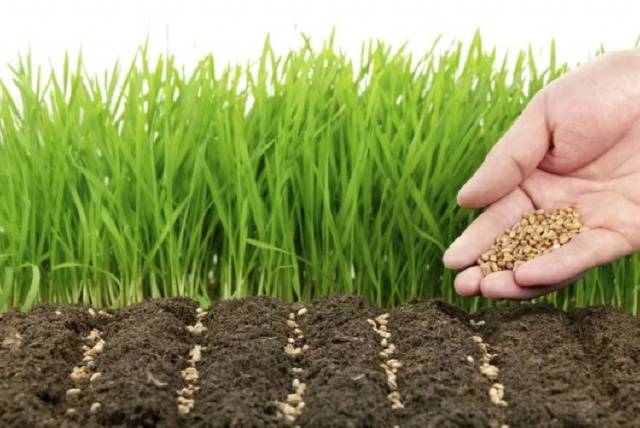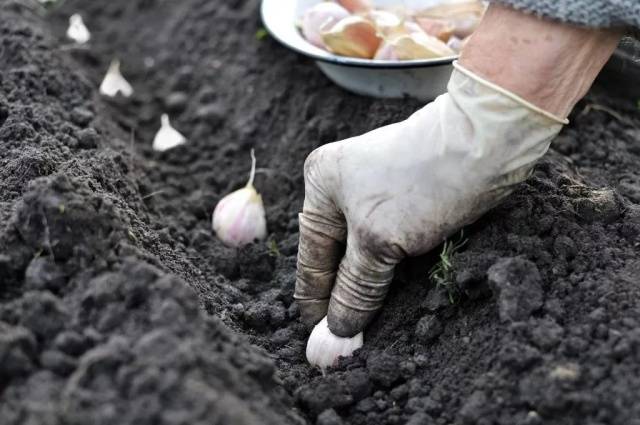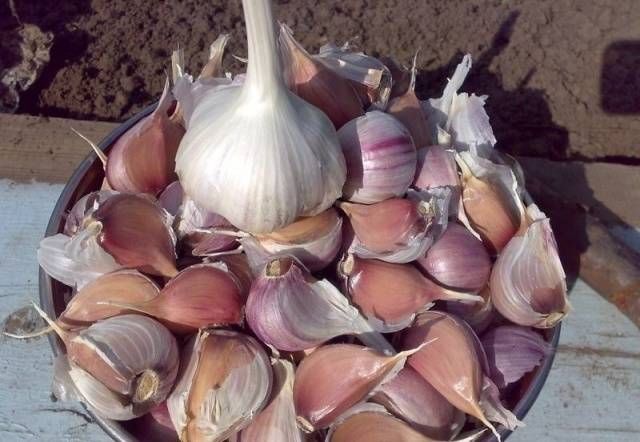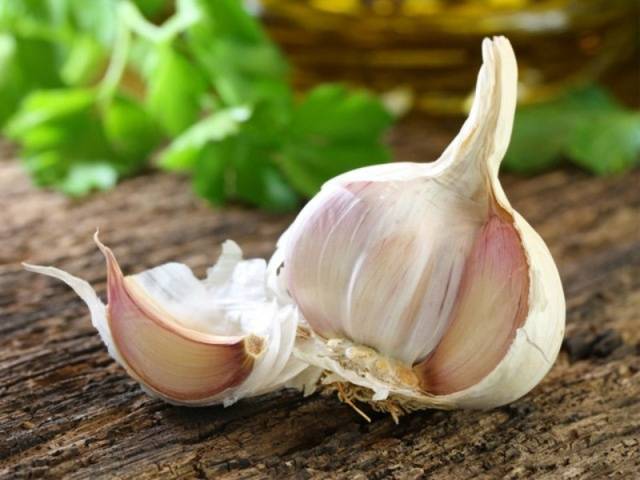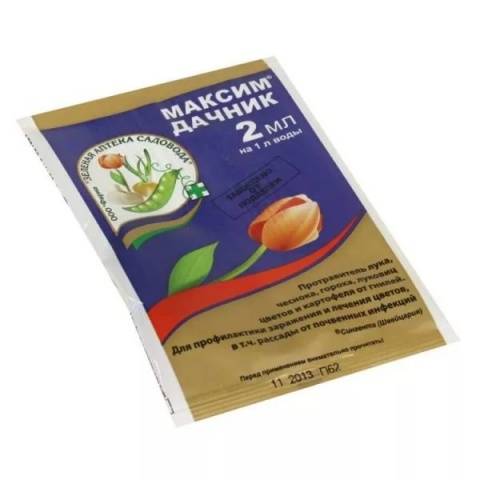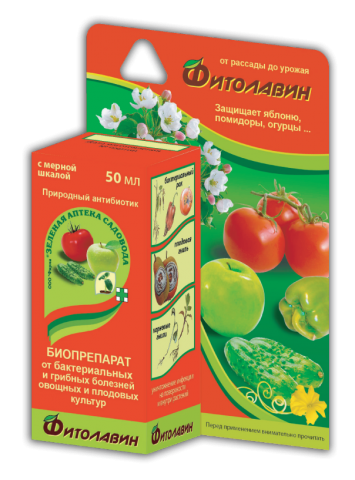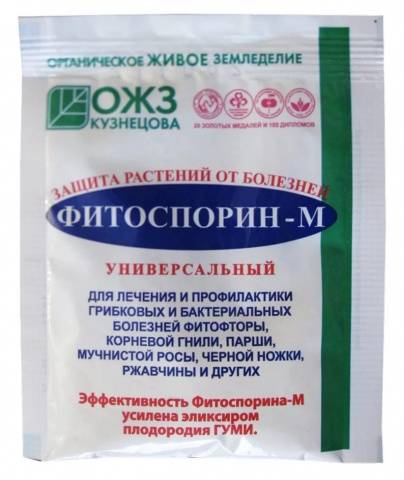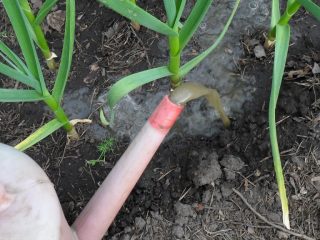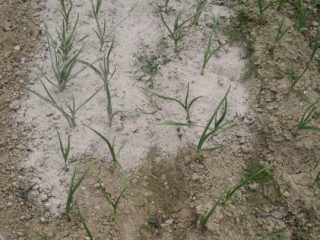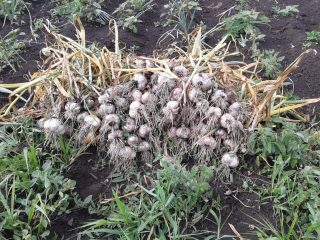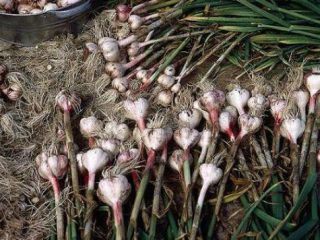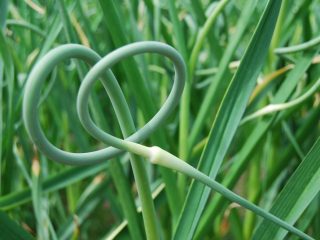In the fall, when the harvest is in the bins, gardeners have a lot of work to do to prepare their summer cottage for the next season. Among them is planting garlic in winter. An important task comes down to preparing planting material and soil. Properly preparing garlic for planting in the fall is a guarantee of a rich harvest.
Soil preparation
It often happens that gardeners try to plant garlic in both spring and autumn. But the result remains disastrous in both cases: small heads that are not stored rot and deteriorate. Therefore, for many, the question of how to prepare garlic for planting remains relevant.
Most likely, garlic was planted without prior soil preparation and without taking into account previous crops. The garlic harvest will be much higher if it is planted after:
- Early varieties of cabbage and cauliflower;
- Sideratov;
- Ogurtsov;
- Zucchini, pumpkin, squash;
- Early potatoes;
- Peas, beans, beans.
Planting garlic is least recommended after:
- Carrots;
- Greens: onions, celery, lettuce, spinach, radishes;
- Turnips;
- Spicy herbs: cilantro, parsley, mint, basil, coriander.
Crops: tomatoes, peppers, garlic, eggplant, beets, onions, late varieties of cabbage allow garlic to be planted after them, without affecting the harvest.
Light loams that are neutral in acidity are most suitable for garlic. If the soil in the garden is acidic, then garlic bed It is recommended to deoxidize. Add: dolomite flour, slaked lime, chalk, limestone, ash, 1 cup per 1 square meter is enough. m of soil.
Garlic does not like shady areas and poorly drained soils.
Before planting, the soil should be fertilized with compost or humus and fertilizers: double superphosphate and potassium sulfate, 1 tbsp. l. and 2 tbsp. l. accordingly, per 1 sq.m.
The earth is dug up, a bed is formed, its width is no more than 1 m, its height is up to 30 cm.
If it is not possible to observe crop rotation, then the soil for garlic should be prepared more carefully: disinfect it with copper sulfate at the rate of 5 liters of dissolved preparation per 1 square meter. m of soil. For the solution: dissolve 5 tbsp in 1 bucket of hot water. l. substances.
When planting garlic, it is recommended to add urea: per 1 sq. m of soil half 1 tbsp. l.
Those who want to obtain pure products without the use of chemicals can use green fertilizers - green manures. They form a powerful root system, which improves soil permeability for water and air. And the green mass, which grows very quickly, after embedding it in the soil, saturates the soil with organic matter.
At the end of August, seeds of peas, barley, mustard, and beans are sown. After the above-ground part reaches a height of about 30 cm, it is mowed and embedded in the soil. Before the onset of cold weather, the green mass will have time to decompose. Garlic can be planted in the prepared soil.
You should focus on the climatic conditions and weather forecast for your region.Planting too early can lead to germination and the appearance of greenery, which will freeze when cold weather arrives and the plants will die. The planted cloves will not have time to form a root system, which will also lead to their death if they were planted too late.
The teeth do not need to be pressed into the soil; this may damage the bottom. It is better to make holes or trenches and put compost and humus on the bottom. Place the cloves and sprinkle with soil. An interval of 20 cm is maintained between rows of plantings, and 10-15 between cloves. The depth of the holes is 5-7 cm.
Then the plantings should be covered with mulch. This will be an additional guarantee of protection against freezing. Fallen leaves, mowed grass, and straw are used as mulch. In spring, the mulch layer must be removed so that the soil dries and warms up faster.
Watch this helpful video:
Preparation of planting material
Preparatory actions begin with a visual inspection for visible damage. If a batch of garlic prepared for planting has a high percentage of damaged cloves, then it is not recommended to plant such garlic. It should be replaced completely.
If there are no external damage, signs of rot, or spots, then the largest heads are selected. They are divided into cloves shortly before planting. The largest cloves are selected for planting.
If there is an excess of planting material, then the largest of the selected cloves are planted. If not enough, then calibrate in three groups: large, medium and small. And they are planted accordingly in groups. This way, you will get more even shoots and harvest.
Garlic cloves should be without damage to the skin and bottom, which should be evenly colored light gray. They should not be wet, which can provoke the growth of ground mass, which is not required of garlic at all in the fall, it should only grow roots.
In order for the garlic to grow large and not acquire any diseases, which will cause it to rot during storage, the garlic is processed before planting. How to treat planting material?
- A weak solution of potassium permanganate. Its color should be barely pink. Garlic cloves are placed in the solution immediately before planting for 30-60 minutes;
- 1% solution of copper sulfate. Soaking lasts about 10 hours. You can soak it in the evening to plant in the morning;
- A solution of table salt: for 5 liters of water take 3 tbsp. l., dissolve, soak the teeth for 2-3 minutes, remove and dip in a solution of copper sulfate for 1 minute, immediately plant;
- Step by step in 3 solutions: 1st solution – nitroammophoska (1 tbsp/10 l), soaking time – 24 hours, 2nd solution – strong saline solution (5 tbsp/5 l), time – up to half an hour , 3rd solution – copper sulfate (1 tbsp/10 l), time – 1 minute;
- Ash solution – 1 tbsp/1 liter of water. The ash is mixed well in water, it is better to take the fine fraction, give time for the heavy particles to settle, the upper part is used for soaking for 1 hour;
- You can treat garlic with Maxim. The peculiarity of its action is that it acts as an antibiotic, however, it is of completely natural origin, its protective effect persists throughout the growing season. To treat garlic in the fall before planting, one ampoule diluted in 1 liter of water will be enough. The teeth are treated for half an hour.The same solution can be used for treating, for example, bulbous plants, and after use it can be poured onto the bed under the garlic;
- Another drug used to treat garlic is Fitolavin. Protects against bacterial infections, root rot, and fungal diseases. The peculiarity of the drug is its high efficiency and the fact that it treats already affected plants. Dilute “Fitolavin” according to the instructions;
- "Fitsporin-M" is used to protect garlic in the fall. The drug is of natural origin, it is based on spores of soil bacteria. When they get into water, they begin their life activity, destroying other bacteria and fungal spores that cause diseases. Plants' immunity increases and they become more resistant to diseases. The drug increases the preservation of garlic bulbs. Pre-planting soaking lasts 1 hour. Read the instructions for how to dilute Fitosporin-M. It is available in liquid, powder and paste form.
You should not avoid pre-planting preparation of seed, this way you will protect the plants and increase the shelf life of garlic.
Conclusion
In order for the crop to survive the winter, it is necessary to properly prepare the soil for garlic. But this is not enough. It is important that the plants not only develop well, but also produce a decent harvest that will last for a long time without damage. Therefore, seed material should be prepared.
